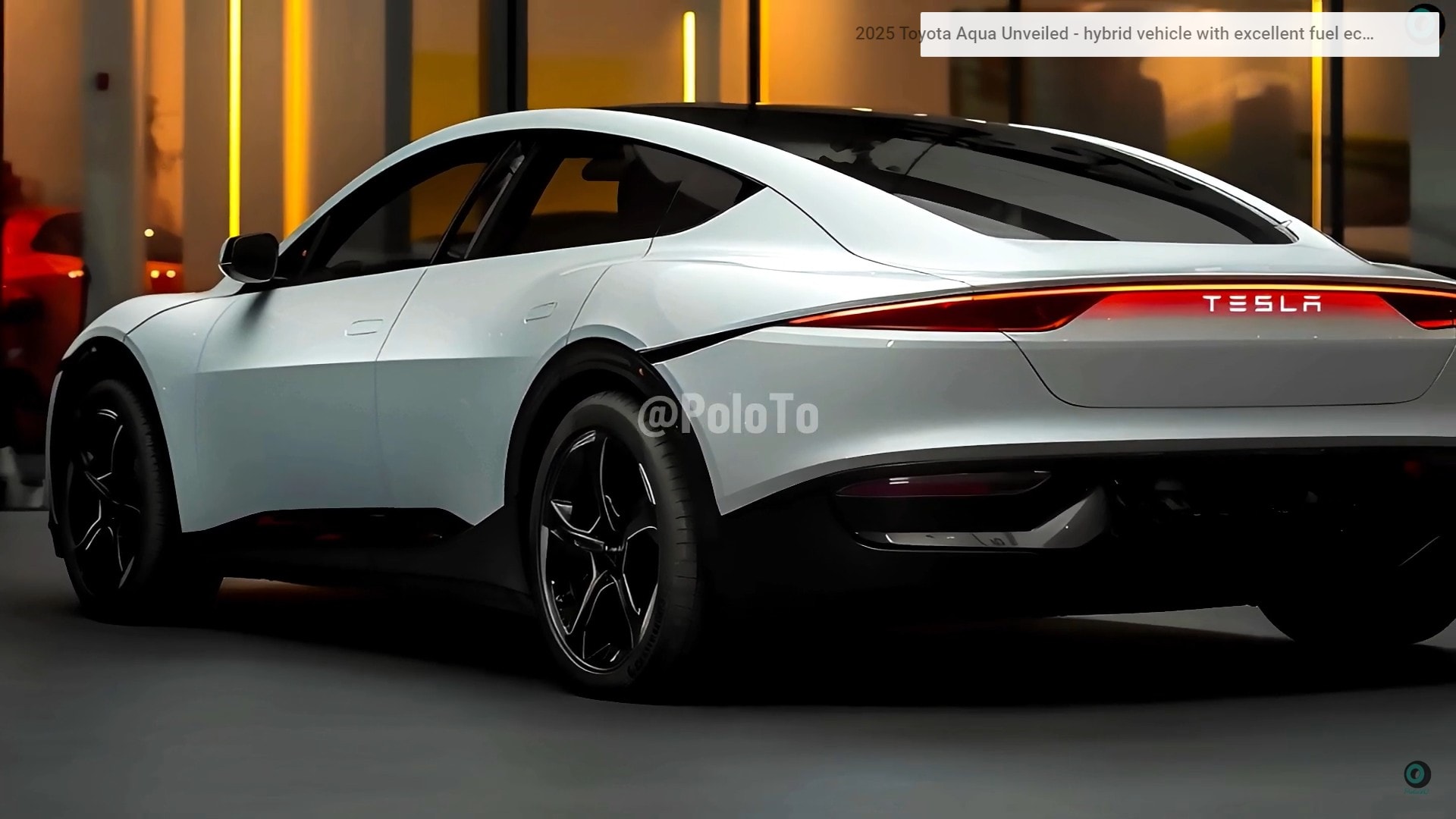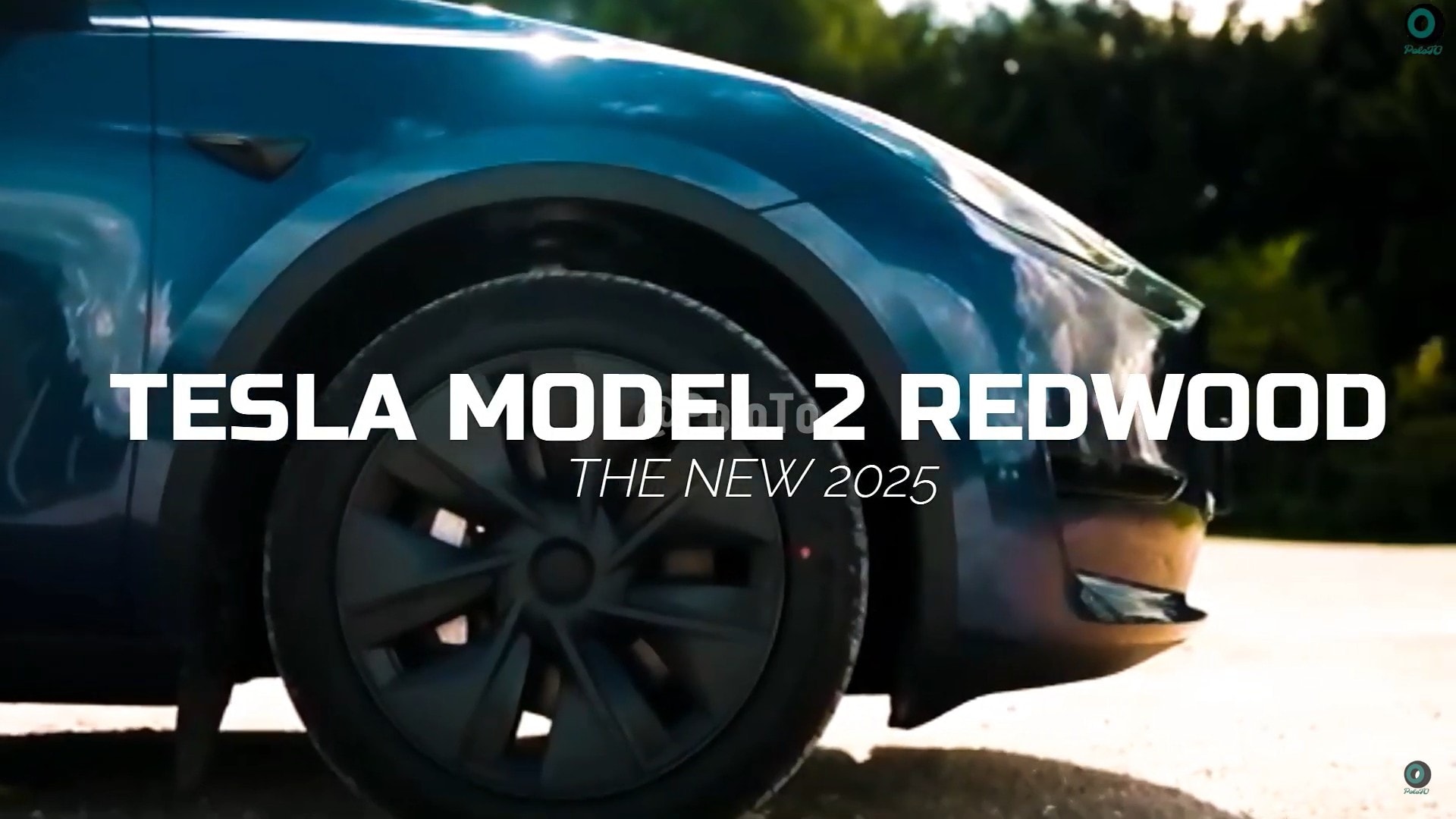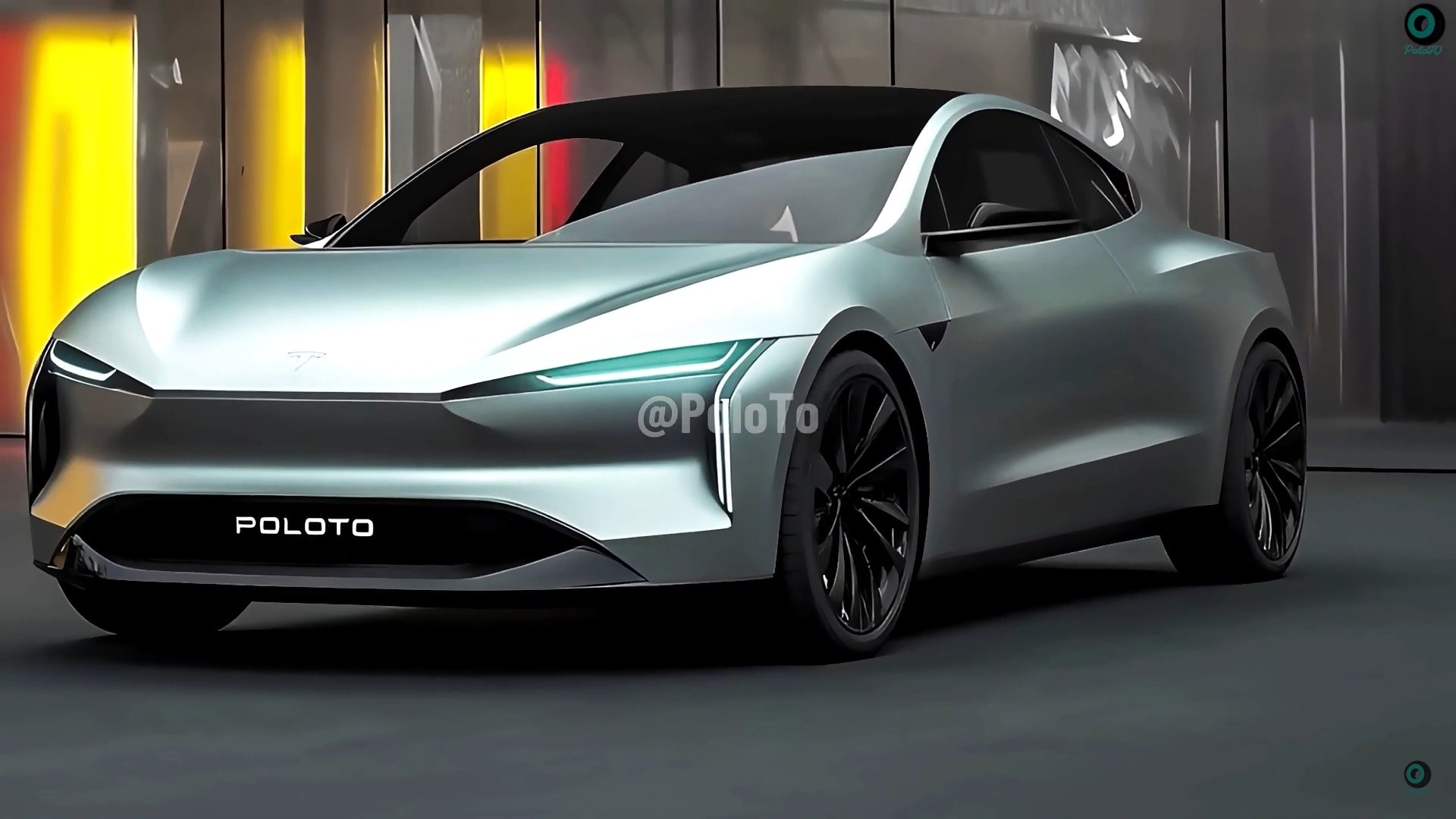Tesla’s “We, Robot” event, held this October, marked a significant milestone for the company. The event showcased two major debuts: a fully autonomous coupe priced under $30k, the Cybercab, and a futuristic robotic minivan, the Cybervan.
While the Cybercab, a blend of Cybertruck aesthetics and a compact two door coupe, successfully transported attendees around the Warner Bros studio lot, the Cybervan’s retro streamliner design drew immediate comparisons to household appliances. The event also introduced Tesla Optimus robots, which interacted with the audience and assisted with refreshments.

However, the event’s success was tempered by concerns about the Cybercab’s limited seating capacity, which could pose challenges for families or groups. Additionally, doubts were raised about its autonomous capabilities outside the controlled environment of the event, leading some to question its practicality for everyday use.
The Cybervan, on the other hand, faced criticism for its unconventional design, which was perceived by some as more akin to a toaster than a functional vehicle. The Optimus robots, while impressive in their ability to interact with humans, also faced scrutiny.
While they demonstrated advanced AI capabilities, it became apparent that they still required human intervention and assistance to perform certain tasks. This raised questions about their true autonomy and the feasibility of their widespread deployment.
While the “We, Robot” event showcased Tesla’s innovative spirit and ambitious goals, it also highlighted the challenges and limitations of developing advanced technologies. The Cybercab, Cybervan, and Optimus robots represent exciting advancements, but their practical applications and societal implications remain to be seen.
Tesla fans were eagerly awaiting the October event, hoping for a new electric vehicle that would be more affordable than the Model 3. While the promised “Project Redwood” or “Tesla Model 2” never materialized, the imaginative digital car content creators have stepped in to fill the void.

PoloTo, a YouTube channel known for its speculative visions of future models, has presented an unofficial, hypothetical design for the Tesla Model 2 Redwood. This digital creation offers a look into what the affordable Tesla could have looked like, showcasing a more practical approach than the company’s often visionary ideas.
The design, while unofficial, is based on the available information and speculation about the Model 2. It incorporates elements from existing Tesla models, such as the Model 3 and Model Y, while also introducing new features that would be expected in a more affordable vehicle.
The unofficial Model 2 Redwood design is a testament to the creativity and passion of the automotive community. It serves as a reminder that even in the absence of official announcements, fans can continue to dream and speculate about the future of electric vehicles. While the real Tesla Model 2 may never come to fruition, the digital concept provides a valuable look into what it could have been.

